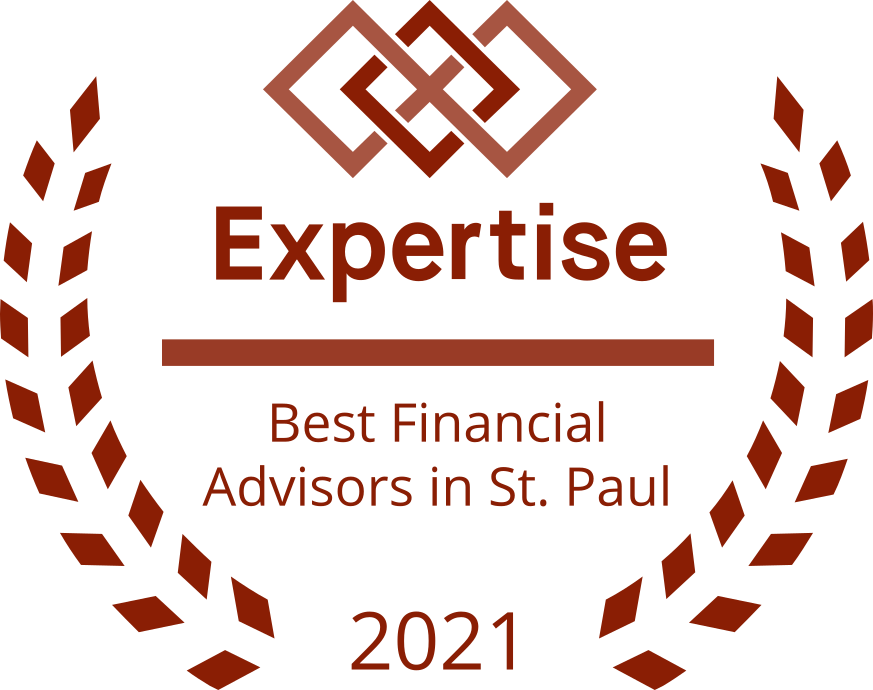Spring cleaning is not just for homes. It is a good time to take inventory of your finances. Actions considered should include cleaning out documents you no longer need, tracking your budget, refine assumptions used in the planning process, and make sure you are still on track to retire comfortably.
Shred old documents. Keep tax records for 3 years unless there has been an issue with your taxes and an amendment was or should have been filed, then keep them for 7 years. Keep loan documents, contracts, mortgages until the loan have been paid in full. Keep titles, ownership documents and home improvements indefinitely or until the property has been sold.
Check your credit reports. This ensures that your credit report is accurate and up to date. Report any discrepancies immediately to the credit bureau as soon as anything is spotted.
Review budgets to identify duplicate expenditures, such as the number of cellular lines you need versus how many you are paying for in your monthly bill. Make sure you are not spending too much and identify areas to cut expenditures if you are.
Evaluate your investment portfolio. Rebalance your portfolio if you have not in the last 12 months. Check to see if your risk tolerance has changed in any way. Is it a good time to consolidate accounts?
Update assumptions used in your financial plan. Are you still looking to buy a car in the timeline set forth? Are proposed vacations included in expenditures? Have any added home projects arisen that were not previously contemplated? Are there ways to cover these expenditures in your plan? This is vital for keeping on track with your current life circumstances and goals. Your life changes and your financial strategy should accommodate those changes effectively.
Reviewing the tasks that you need to accomplish from your plan keeps you on track with your long -term goals. Is this the year to investigate long-term care policies? Do you need to have your estate documents reviewed or have there been any changes in beneficiaries?
All these tasks are crucial to protect your financial well-being and legacy.





